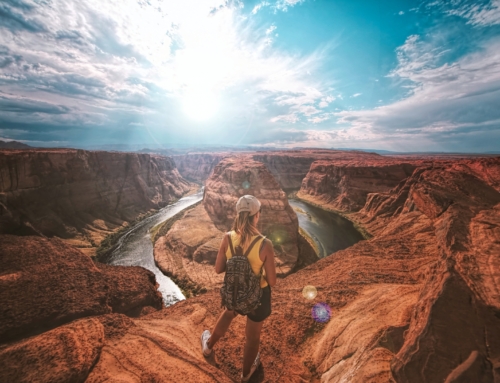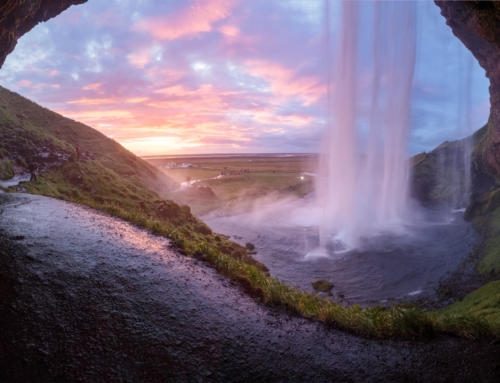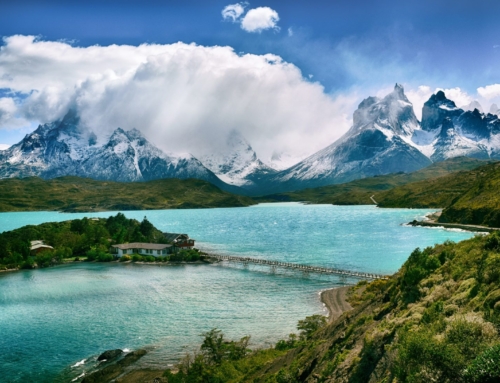
12 Fast Facts About the Inca Trail to Machu Picchu
The Inca Trail, or the Camino del Inca, is one of the most important features of South America’s past and present, and the trek to Machu Picchu is unlike any other adventure in the world. There are very few places where you have an opportunity to walk through awe inspiring terrain while passing 500 year old archeological treasures.
If you have ever dreamed of hiking the Inca Trail to Machu Picchu, I have compiled this list of 12 Fast Facts that provides the information that you need to know!
Inca Trail to Machu Picchu Facts and Information
1) How difficult is the Inca Trail?
The Classic Inca Trail Route difficulty is considered a moderate level hike. If you are hiking the Classic Inca Trail Route you will hike 26 miles over four days at an elevation nearing 13,828 feet (4,215 meters). The longest day you can expect to hike is around 10 hours.
2) How long does it take to hike to Machu Picchu?
It takes the average amount of people 4 days to hike the Classic Inca Trail Route to Machu Picchu. However, it can be done faster or slower depending on your fitness level and itinerary.
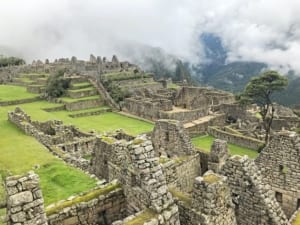
3) Is the Inca Trail worth it?
The Classic Inca Trail Route to Machu Picchu is definitely worth it, it is considered one of the greatest adventure experiences on the planet. There are very few trails where you pass 500 year old archeological treasures while also hiking among some of the most beautiful mountains on earth. At the end of the hike, you have the reward of a once-in-a-lifetime view of Machu Picchu, which sits below as you step through the Sun Gate.
4) Is the Inca Trail dangerous?
While there is danger in hiking any mountain trail, the Classic Inca Trail Route is considered an intermediate level hike. The terrain is moderate; there are sections that are steep but do not require ropes, harnesses or special technical training. Elevation does reach up to 13,828 feet (4,215 meters). However, if your physical fitness level is strong and if your hiking pace is slow to moderate, hikers typically do not have a challenge completing the trek.
5) Are there toilets on the trail?
At many of the rest camps on the trail there are toilets. Depending on which outfitter you travel with, many companies do bring along portable ‘porta-potties’ as well. The porta-potties tend to be more sanitary than the rest camp bathroom options.
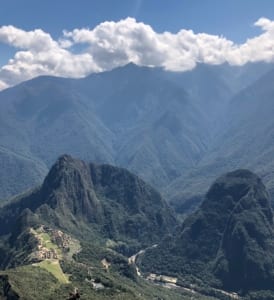
6) How cold does it get on the Inca Trail?
Depending on the time of the year, the temperature on the Classic Inca Trail Route ranges from 32°F (0°C) to 80°F (27°C), with an average daytime temperature of 65°F (18°C). In the mornings, when you wake up early it can be chilly so it is advisable to wear warm layers to begin the day’s hike. However, within an hour hikers tend to warm up from the physical activity. It is typical to see many hikers wearing shorts and short sleeve shirts for the majority of the day during the trek. Then, when the hiking for the day is complete and the sun begins to set, you can add additional layers to keep yourself warm at the campsite.
7) Why did Incas leave Machu Picchu?
There are many legends and theories surrounding why the Incas left Machu Picchu. Some scholars believe that the Inca Trail was used as a ceremonial pilgrimage for the Incas. There are theories that Machu Picchu was a holy temple governed by a high priest. In the year 1528 the Spanish explorer Francisco Pizarro and his brothers arrived in what is now Peru. After several decades of fighting, they conquered the Inca Empire in 1572. Some scholars suggest that around this time the Incas may have covered up Machu Picchu to preserve its treasures from looting by the Spanish.

8) Which is harder: the Inca Trail or Kilimanjaro?
Typically hikers find that Mount Kilimanjaro is a harder hike than the Classic Inca Trail Route. This is mostly due to the difference in elevations. The summit of Mount Kilimanjaro stands at 19,342 feet (5,895 meters), while the highest point of the Classic Inca Trail Route is 13,828 feet (4,215 meters). In addition, the temperatures on Mount Kilimanjaro can be much colder than on the Inca Trail and can reach below 20° F (-7°C). It is also very common to see snow and ice near the summit of Mount Kilimanjaro, however, it is very rare to see these frigid conditions on the trail.
9) Is Machu Picchu a hard hike?
It is important to distinguish the hiking routes on the Classic Inca Trail as compared to routes on or near Machu Picchu. The Classic Inca Trail Route is a moderate 26 mile hike. The hike typically takes 4 days to complete while reaching a maximum elevation of 13,828 feet (4,215 meters). The trek is challenging, but with a good fitness routine prior to the hike most hikers complete the trek. Once you reach Machu Picchu there are two hiking options: Machu Picchu Mountain and Huayna Picchu. Machu Picchu Mountain is the name of the highest mountain behind Machu Picchu. This amazing excursion, that will take approximately 4 hours, starts at the Machu Picchu citadel and takes you through a trail hidden under the forest, to the top of this magic mountain. Huayna Picchu is the mountain that rises over the Urubamba River, and it looms above Machu Picchu. The Incas built a trail up the side of the Huayna Picchu and built temples and terraces on its top. The peak of Huayna Picchu is about 8,920 feet above sea level, and the hike takes approximately 1-1/2 to 2 hours to complete.
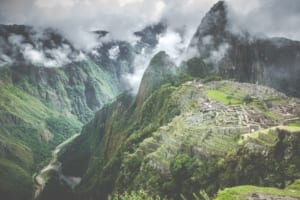
10) How high does the Inca Trail get?
The Classic Inca Trail to Machu Picchu Route gets to a height of 13,828 feet (4,215 meters), which is the altitude at Dead Woman’s Pass.
11) Why is it called Dead Woman’s Pass?
Dead Woman’s Pass is the highest point on the route at 13,828 feet (4,215 meters). It is called the Dead Woman’s Pass because when viewed from the valley below it looks like a woman’s supine body.
12) Can you walk the Inca Trail without a guide?
No, you can not walk the Inca Trail without a guide. The government of Peru requires all participants on the Classic Inca Trail Route to utilize a guiding service to make the journey.
If you would like to learn more about our adventure hiking the Inca Trail to Machu Picchu, please click HERE!
I look forward to hiking with you on the Inca Trail.
Cheers,
Jeff
Jeff Bonaldi
Founder & CEO
The Explorer’s Passage
About Jeff Bonaldi
Jeff Bonaldi is the Founder and CEO of The Explorer’s Passage, a premier adventure travel company. His mission is to provide travelers with the opportunity to transform their lives and the planet through the power of adventure.
Learn more about Jeff’s story and his company HERE.


